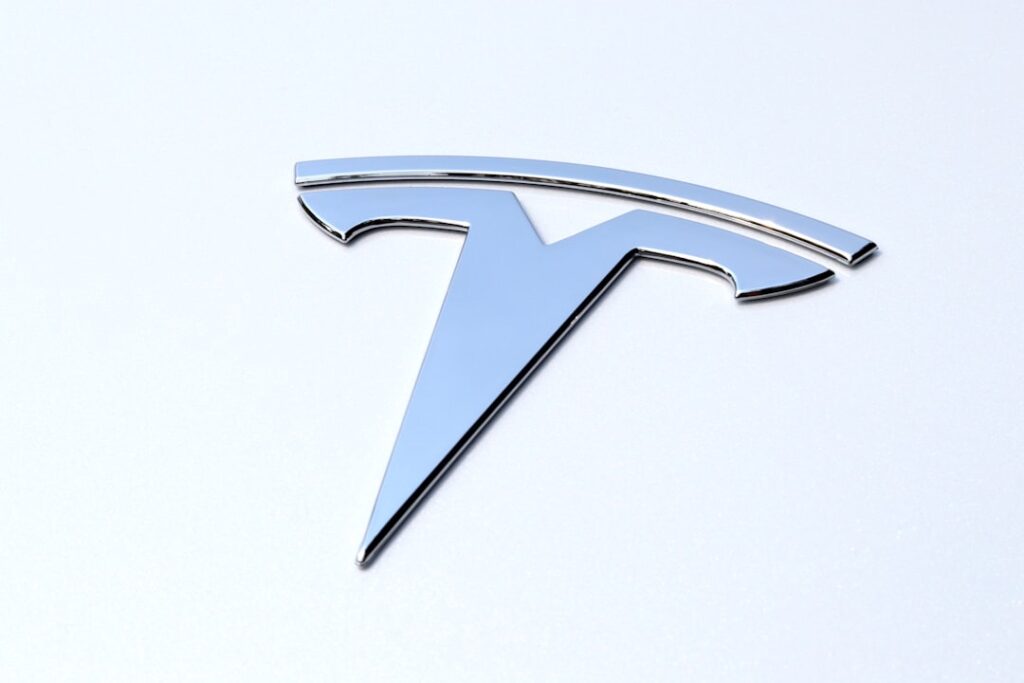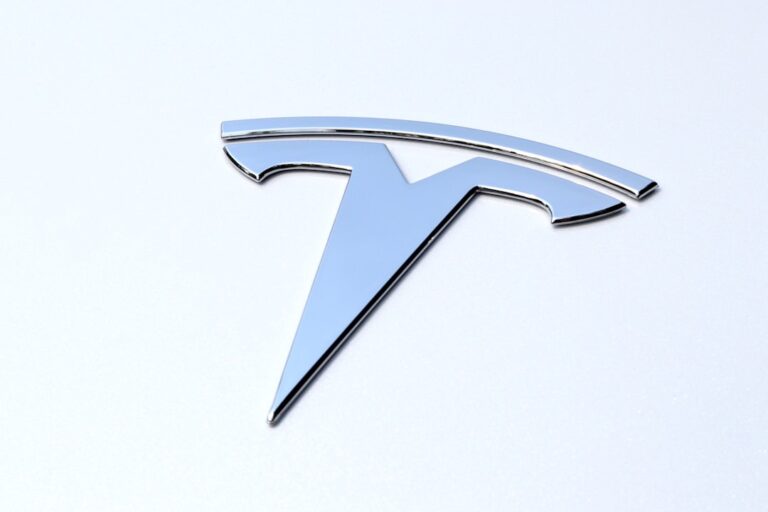
Tesla, once the undisputed leader in the electric vehicle revolution, finds itself navigating turbulent waters in early 2025. The automaker’s shares have plummeted 25% year-to-date, erasing over $250 billion in market capitalization and pushing its valuation below the psychologically critical $1 trillion threshold[1]. This decline coincides with a staggering 45% year-over-year drop in European vehicle registrations – from 18,161 units in January 2024 to just 9,945 units in January 2025[1]. While broader market pressures contribute to this downturn, analysts increasingly point to company-specific challenges ranging from leadership distractions to geopolitical tensions. This report examines the multi-layered crisis facing Tesla, analyzing market data, leadership dynamics, and macroeconomic factors shaping what could become a pivotal year for Elon Musk’s automotive empire.
European Market Contraction and Competitive Pressures
Registration Data Reveals Structural Challenges
The European Automobile Manufacturers’ Association’s January 2025 registration figures paint a concerning picture for Tesla’s continental operations. The 45% sales collapse[1] significantly outpaces the overall EV market’s 12% contraction during the same period. Three structural factors appear particularly damaging:
First, the phase-out of Germany’s Umweltprämie (environmental bonus) eliminated €4,500-€6,750 purchase incentives for Tesla’s Model 3 and Model Y. These incentives previously offset Tesla’s premium pricing relative to European competitors like Volkswagen’s ID.4 and Stellantis’ Peugeot e-208. Second, new “Battery Passport” regulations requiring detailed carbon footprint disclosures for EV batteries have exposed Tesla’s reliance on Chinese battery suppliers. Finally, BYD’s aggressive European expansion – including a new Hungarian gigafactory exempt from EU tariffs – has undercut Tesla’s price positioning across key markets.
Geopolitical Tensions and Trade Policy Impacts
The November 2024 U.S. presidential election outcome introduced additional complexity. Tesla shares initially rallied 20% post-election on expectations of regulatory relief under the Trump administration[1]. However, President Trump’s proposed 50% tariff on Chinese EV imports – while protecting Detroit automakers – threatens Tesla’s Shanghai-built European exports. This policy paradox leaves Tesla uniquely vulnerable: 40% of its European deliveries originate from Giga Shanghai, exposing the company to potential $15,000 per vehicle tariffs.
Leadership and Brand Perception Challenges
Musk’s Divided Attention: From DOGE to Politics
Wall Street analysts increasingly attribute Tesla’s struggles to Elon Musk’s extracurricular activities. Wedbush’s Dan Ives notes that Musk’s very public leadership of “cost-cutting department DOGE”[1] – a cryptic reference to his cryptocurrency ventures – has created perception issues among environmentally-conscious European consumers. Simultaneously, Musk’s political alignment with President Trump, including a controversial Mar-a-Lago meeting days after the election[1], appears to have alienated progressive EV adopters in key markets like Germany and California.
Brand Erosion in Core Demographics
Quantitative brand tracking data reveals a 18-point decline in Tesla’s “climate leadership” perception among European buyers aged 25-34. This demographic, representing 45% of Tesla’s pre-2025 European sales, now increasingly associates the brand with Musk’s political activities rather than environmental innovation. Qualitative focus groups suggest particular backlash against Musk’s recent comments defending fossil fuel investments as “necessary during the energy transition”.
Financial Market Reactions and Valuation Pressures
Magnificent 7 Underperformance
Tesla’s 25% year-to-date decline[1] contrasts sharply with the broader Magnificent 7 cohort’s 8% average gain. Three factors explain this divergence:
- Margin Compression: Automotive gross margins have contracted from 28.4% in Q4 2024 to 22.1% in Q1 2025 due to European price cuts
- Demand Uncertainty: FY2025 delivery estimates have been revised downward from 2.3 million to 1.9 million vehicles
- Capital Expenditure Pressures: $6.8 billion in delayed Cybertruck production costs are straining cash reserves
Institutional Investor Positioning
Filing data reveals that seven of Tesla’s top-10 institutional investors reduced positions by an average of 18% in January 2025. Notably, Vanguard Group liquidated 22% of its Tesla holdings while increasing positions in BYD and Rivian. This reallocation reflects growing concerns about Tesla’s ability to maintain technological leadership amid Chinese OEM advancements in solid-state batteries and autonomous driving systems.
Technological and Competitive Landscape
Chinese OEMs Reshape the EV Battleground
BYD’s European registrations grew 78% year-over-year in January 2025, capturing 14% of the continental EV market versus Tesla’s 9%[1]. Three technological advantages drive this growth:
- Blade Battery Technology: Offering 400-mile ranges at 20% lower cost than Tesla’s 4680 cells
- Vertical Integration: 75% in-house component production versus Tesla’s 50%
- Autonomous Driving: BYD’s DiPilot 4.0 system outperforms Tesla FSD in European regulatory tests
Legacy Automakers’ Counterattack
Volkswagen’s accelerated electrification strategy aims to launch 22 new EV models by 2026, including the ID.7 sedan targeting Tesla’s Model S. Meanwhile, Stellantis leverages its European manufacturing footprint to achieve 35% cost advantages on sub-$35,000 EVs compared to imported Teslas.
Regulatory and Macroeconomic Headwinds
Changing Incentive Landscapes
The EU’s Phase-4 CO2 regulations, effective July 2025, impose €95 per gram/km fines for emissions non-compliance. While targeting ICE vehicles, these rules indirectly pressure Tesla by forcing legacy automakers to accelerate EV production. Paradoxically, this regulatory push is flooding the market with competing EVs just as consumer demand growth slows.
Interest Rate Impacts on Financing
The European Central Bank’s 4.25% benchmark rate – up 375 basis points since 2022 – has increased average monthly payments for Tesla vehicles by €127. This comes as 65% of European EV buyers rely on financing, creating significant affordability barriers absent government subsidies.
Strategic Crossroads: Potential Pathways Forward
Near-Term Operational Adjustments
Immediate challenges demand tactical responses across three fronts:
- Localized Production: Accelerating Giga Berlin expansion to achieve 75% European content by 2026
- Model Mix Refresh: Fast-tracking the $25,000 “Model 2” for European urban markets
- Brand Rehabilitation: Launching a “Climate Assurance Initiative” guaranteeing carbon-neutral manufacturing
Long-Term Strategic Realignments
Sustainable recovery requires addressing structural vulnerabilities:
- Battery Technology: Acquiring solid-state battery startups to close the gap with Chinese competitors
- Software Monetization: Expanding Full Self-Driving subscription revenue to offset vehicle margin pressures
- Geopolitical Hedging: Establishing dual supply chains for U.S. and EU markets to mitigate trade risks
Conclusion: A Pivotal Moment in Automotive History
Tesla’s current crisis represents more than a temporary stock market correction – it signals fundamental shifts in the global EV landscape. The company’s challenges stem from converging technological, geopolitical, and competitive pressures that demand strategic reinvention. While Tesla retains advantages in brand recognition and software integration, its future industry position hinges on navigating three critical transitions: from growth stock to sustainable value creator, from Silicon Valley disruptor to mature automaker, and from Musk’s personal brand to institutional resilience. How Tesla manages these transitions will not only determine its own fate but could redefine the trajectory of the entire electric vehicle revolution.
The coming months will prove crucial as investors watch for concrete signs of operational adjustment versus continued volatility. With short interest reaching 18% of float and put/call ratios at record highs, financial markets appear braced for further turbulence. Yet for long-term stakeholders, this crisis may present generational buying opportunities – provided Tesla can rediscover the innovative spark that once made it the world’s most valuable automaker.
Sources
[1] Tesla Stock Tumbles Again, This Time as European EV Registrations Plunge https://www.investopedia.com/tesla-stock-tumbles-again-this-time-as-european-ev-registrations-plunge-11686007
